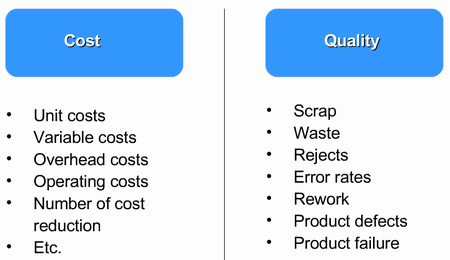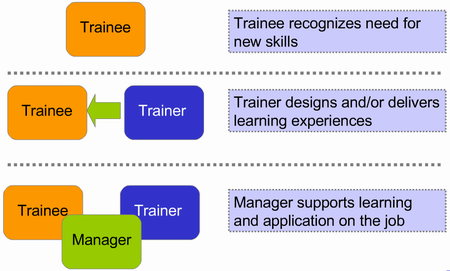The role of human resources in a company is highly valuable (if not even essential). The way your employees perform their everyday duties affect your business advancement both in short-term and long term perspectives. In this respect, the work of HR departments seems to be really significant, since they are in charge of proper development and accomplishment of all policies and strategies related to personnel management. It is they who are responsible for organizing employees as well as training and managing them adequately with the only purpose – to build strong and productive workforce that will help maximize business performance and generate revenue.

Now as we realize the importance of the HR department, it makes sense to point out what tools they generally apply to gain their objectives. Though there are lots of strategies that make it possible to measure personnel productivity these days, human resource metrics remain the most useful and informative of them. These metrics are typically divided into 5 categories that make it possible to sum up the factors the HR department should measure, analyze and evaluate.

Recruitment response time is the first HR metric we will talk about in this article. The fact is that any company tends to have quick recruitment response time, which requires proper and smart selection of applicants for this or that vacant position. Therefore, such points as pre-employment screenings, identification of qualified candidates and the amount of time needed to post vacancy ads have to be considered here.
It is not a secret that one of the goals of the HR department is to contribute to the profitability of the company. That is why they cannot go without another HR metric known as “compensation value added”. It is used to justify that the revenue percentage is higher than that of employee payroll expenses.
Absenteeism and turnover rates are the next human resource metrics worth consideration. The thing is that tracking of inconsistent employees and absentees may be a painstaking task, which, nonetheless, should be performed correctly. Finally, we have come up to one more important HR metric referred to as “rates of retention”. It is even reported to be of the utmost value to any organization. That is why it should be better measured in categories.
Human resource metrics are actually not quite difficult to measure if you know how to do that accurately and correctly. They make it much easier to analyze, track, and calculate the basic processes that are currently going on in your organization and these results will ideally reflect your business performance with regard to the employee factor.